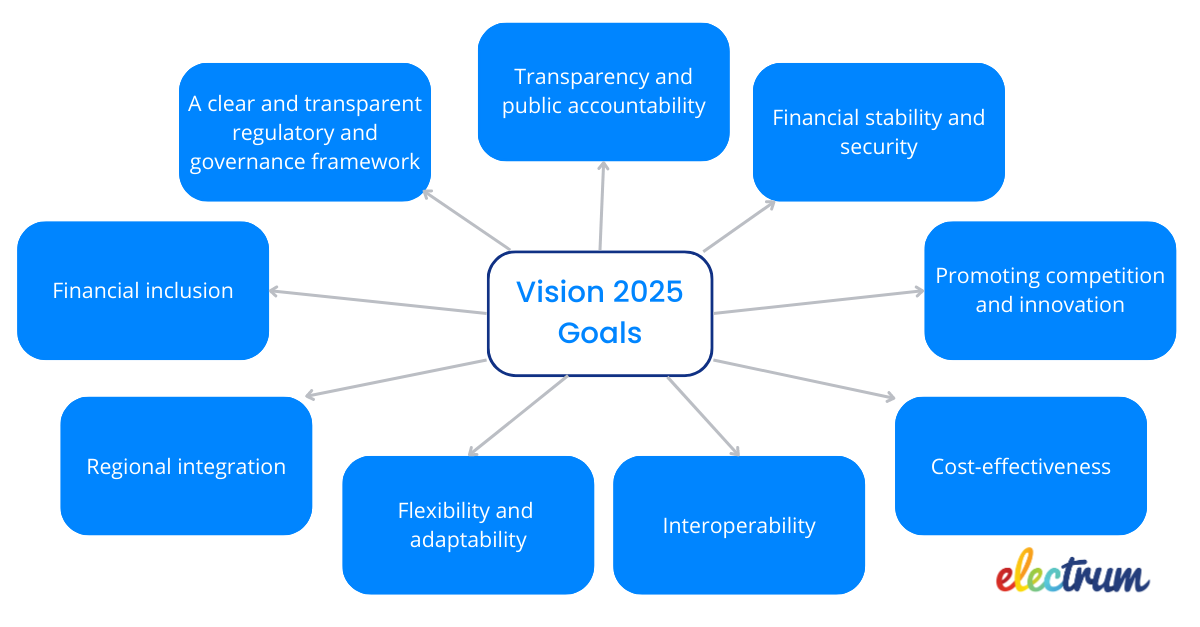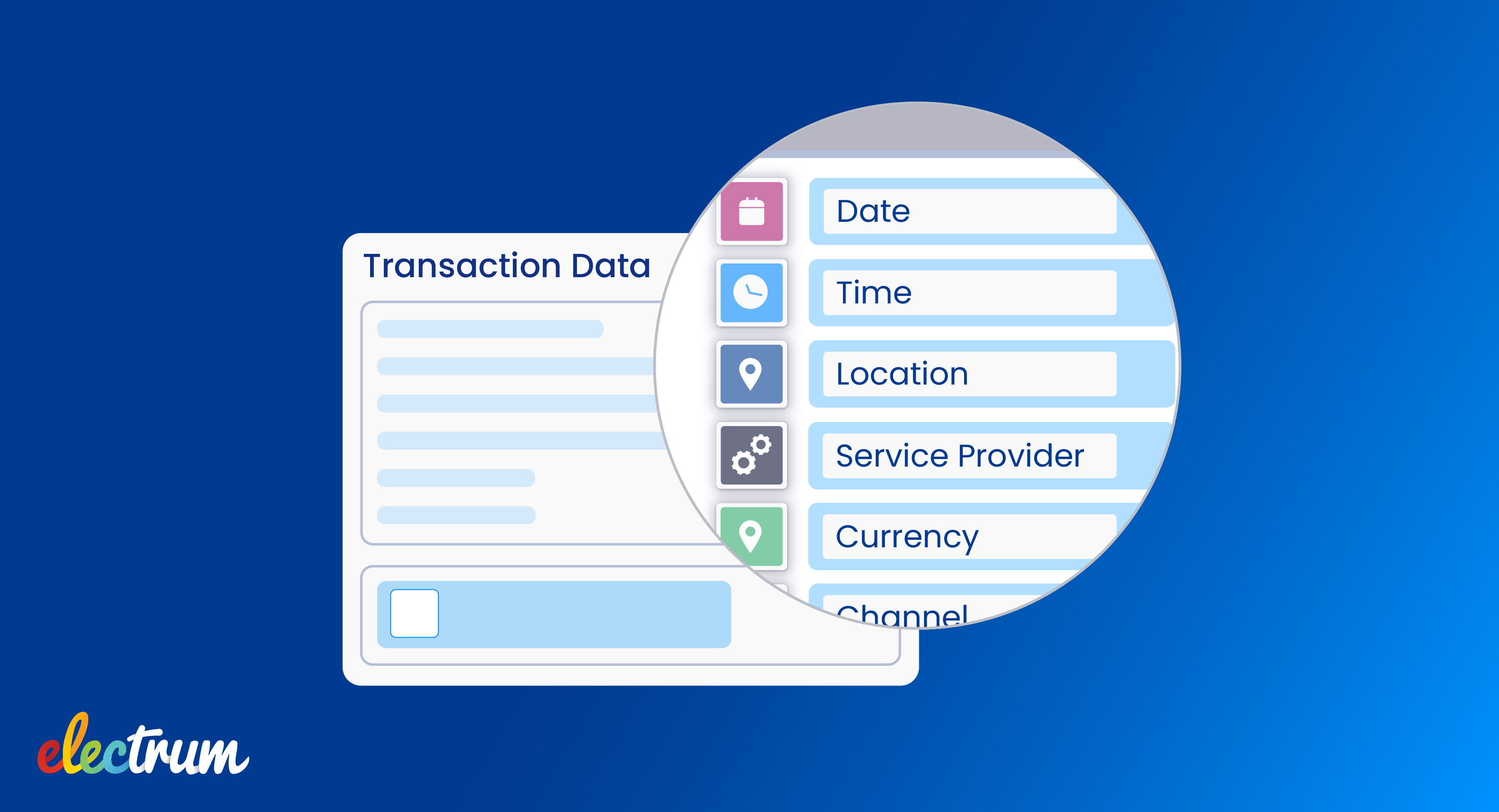
The South African Reserve Bank’s (SARB) Vision 2025 was launched in March 2018, putting us five years into the journey and well past the half-way point. How does this align South Africa to open banking and real-world developments in the banking sector?
The aim is for South African consumers to have increased access, trust, and familiarity with electronic payment systems. Consumers are expected to be better informed about payment services and offerings as well as their rights in an open and competitive market. The goals of Vision 2025 are aligned to the economic development goals defined in the National Development Plan, and they should help to achieve broader societal objectives such as financial inclusion.

Open banking is becoming well understood and embraced in South Africa. The concept aligns strongly with many of the Vision 2025 goals, specifically when it comes to promoting financial inclusion and innovation through improved access to financial services.
In essence, open banking makes it easier for fintechs and TPPPs (third party payments providers) to partner with banks in order to open up financial services for consumers. This gives end-users more choice in how they manage their money, and more convenient options when it comes to financial services. Access to savings systems, mortgages, insurance, pension funds, or credit will be improved. Since digital options increase, payment solutions become simpler to understand, paperwork is lessened, and the need for visits to physical branches (with associated time and travel costs) are lowered or even removed.
Any official store of value - whether a traditional bank account, or a digital wallet - can be included in the financial services ecosystem, therefore increasing access to financial services for underbanked or rural consumers.
Industry case studies
Capitec Pay is a prime example to explore after the recent press releases detailing Capitec’s partnerships with Ozow, Stitch, and Peach Payments.
“This allows Capitec to offer their customers a payment solution that enables online purchases without the use of a bank card number. The payment providers will integrate Capitec Pay into their payment platforms, to allow Capitec’s banking clients to make purchases in a safe and convenient manner.”
When a payment is made, identification is done with the customer’s mobile number or ID number. By Capitec integrating into Ozow’s Pay by Bank offering, the customer can pay directly from their bank to the merchant, without the need to use a debit or credit card.
Once the authentication of the transaction is complete, the funds are transferred directly from the customer’s personal bank account and the checkout process can proceed to completion.
A key part of open banking is that API-based solutions reduce the risk of fraudulent activity and removes the need for screen-scraping.
Nedbank and Investec have also embraced open banking by making open APIs available to third parties. As a result, it is easier for fintechs to work with banks to open up access to financial services, and give consumers more choices in how they manage their money.
In an example more focused on SMEs, Nedbank collaborated with Xero in 2021. The integration enables small businesses to have their banking transactions automatically imported directly and securely from their Nedbank business accounts into their Xero cloud accounting platform. This reduces the time required to manually import financial data. As reported, “It enables business clients to reconcile statements; create smart, shareable reports, online invoices, and bank statements; and allows them to review their cash flow in real-time from anywhere.”
In this case, the open banking innovation saves Nedbank’s customers time, lowers the costs of financial services, and enables more efficient processes.
Don’t get caught on the back foot with open banking
As more leading banks are implementing open banking solutions, consumers are soon going to come to expect these offerings. With easy and quick checkouts, seamless payments experiences, and increased options, the benefits for consumers are undeniable. Banks stand to lose market share if consumer expectations for improved access to convenient financial services are unmet.
Banks can embrace the goals set out by Vision 2025 and include open banking in their modernisation strategy. A payments platform partner such as Electrum will make it easy for you to modernise your system and add innovations such as open banking solutions. Chat with us today to explore your open banking options.

Helen Whelan
Helen Whelan is a Senior Content Writer at Electrum. With a BSc (Hons) from Rhodes University, she enjoys the combination of creativity and technical topics that content creation at Electrum involves. Cats and coffee fuel her day.
Electrum Newsletter
Quarterly insights and news to help you keep up with the latest changes in the payments landscape







